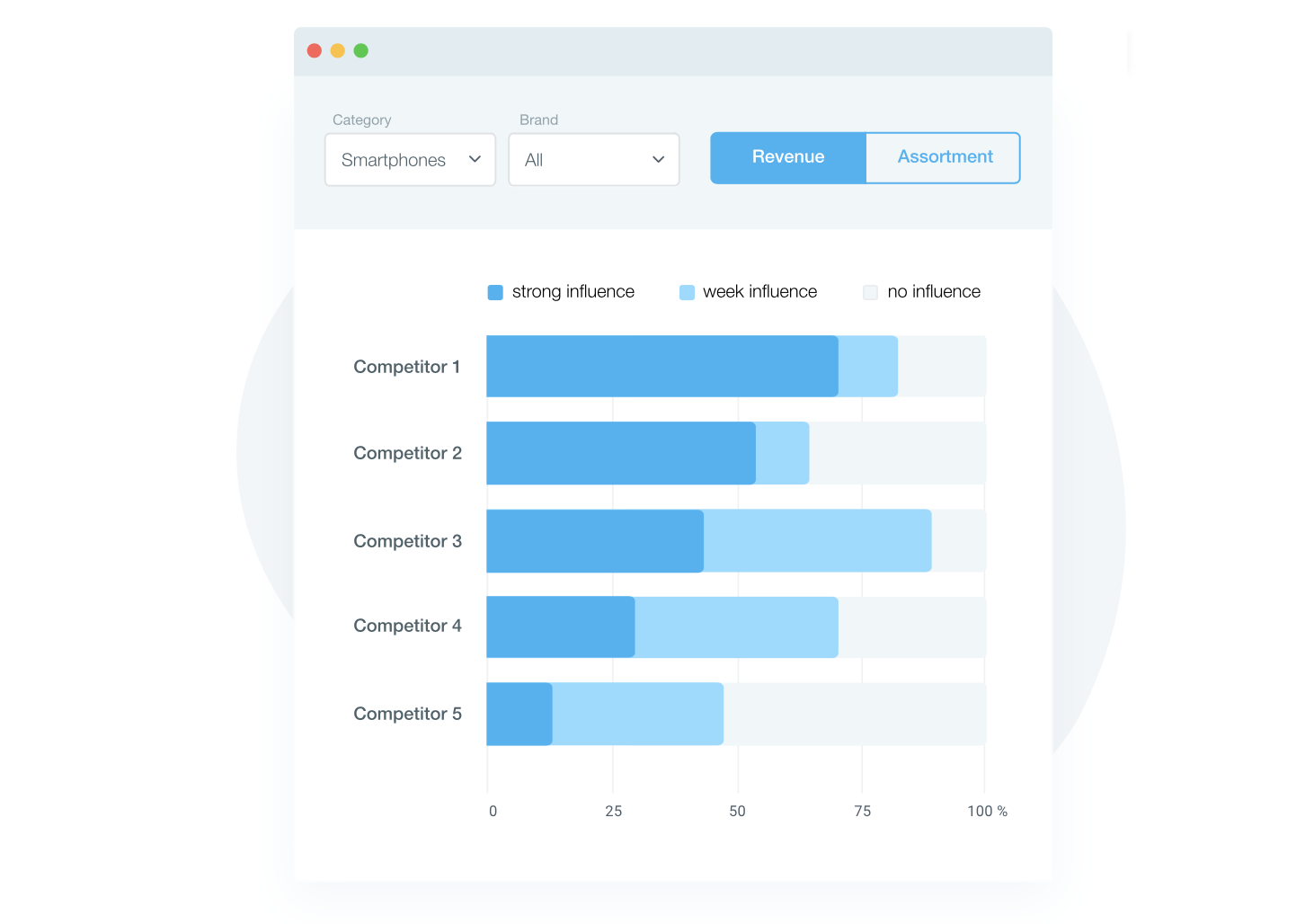

Price competition forces competitors to come up with innovative ways to reduce costs and add value. Competition-based pricing drives innovation.Creating a perception of low prices helps drive loyalty and keep customers coming back to you. ‘Everyday low prices’ is a compelling value proposition. This can be a credible and effective way to gain market share or acquire new customers, and is often a tactic used in marketplaces such as Amazon and on shopping sites like Google Shopping. Matching or beating your competitors’ prices is a credible starting position.ĭropping prices below your competitors’ prices can have an immediate effect on your sales volume. Consumers have many choices and are generally willing to shop around to receive the best price. It’s easy to identify your key competitors and the market leaders in your category and then target them to benchmark your own pricing. If you’re in an industry with even one or two direct competitors, it’s relatively straightforward to implement an effective competitor-based pricing strategy. Advantages of competitor pricing strategies It also helps you to highlight those competitors (and marketplaces) where your current pricing might need some adjustment in order for you to compete more effectively. Price positioning allows you to determine how your prices might affect your value proposition. Selling widely available products also makes it difficult to differentiate, i.e., provide a compelling reason for the consumer to buy from you versus your competitors.īenchmarking your prices against your competitors’ prices is an important first step to understanding your price positioning. Retailers in competitive markets don’t have much leverage in terms of pricing power and not much scope to set prices above their competitors. Consumers do not buy solely on the basis of the lowest competitor price, but today’s savvy consumers are well aware of the range of prices available to them and what constitutes a good price. If there is strong competition in a market, there tends to be a wide choice of who to buy from, and competitor pricing plays a more significant factor in the buying process. Therefore, if you’re a retailer and also sell the Panasonic TX-4015, you’ll need to work hard to compete i.e., in order to have a chance, you’ll need to have a competitive price and be able to deliver quickly.

In summary, consumers spend a considerable amount of time researching products and then spend a good amount of time looking for the ‘best’ place to buy. They eventually decide to purchase a Panasonic TX-4015 from Amazon because it has good reviews, is in stock at a good price, and they can have it delivered tomorrow. Their final decision was based on price, availability, and the convenience of ordering. They’ve made their choice and decided to buy all that’s left is to decide which retailer is going to get her hard-earned cash. They decide to narrow the choices down to two specific models based on brand, price, and required features. The next step is to gather information relevant to what they need to solve the problem, i.e., “Google, what’s a good, low-cost, 40-inch TV?”Īfter spending a fair amount of time researching online, they evaluate the information based on their needs, wants, preferences, and budget.

They have some friends coming over to watch DVDs at the weekend, so they need to solve the problem by purchasing a new TV.
#Pricing strategy based on competition tv
For example, their TV has broken, and it will cost more to repair it than to buy a new one. The consumer recognises that they have an unfulfilled desire or need. As a result, these consumers follow a very predictable buying process that typically includes the following steps: Today’s digitally connected consumers are well informed and often value-driven. Also known as market pricing, it’s driven largely by today’s consumer buying behaviour. If you sell ‘commodity’, branded products that are widely available from other retailers, then you must take into account your competitors’ prices when setting your own. What do we mean by ‘Competitor Pricing Strategy’ ?Ī competitor pricing strategy takes into consideration the prices your competitors are charging for the same or similar products.


 0 kommentar(er)
0 kommentar(er)
